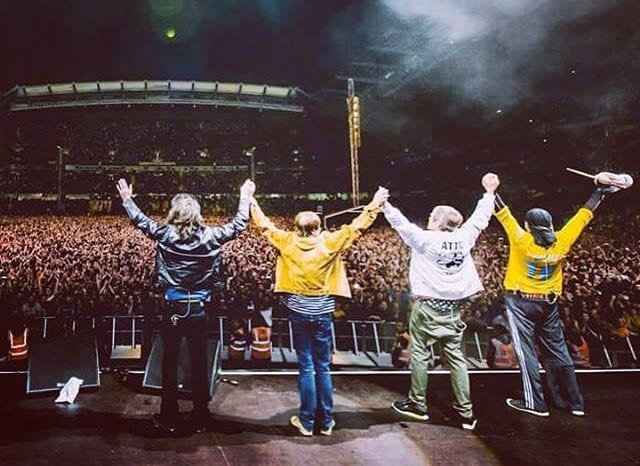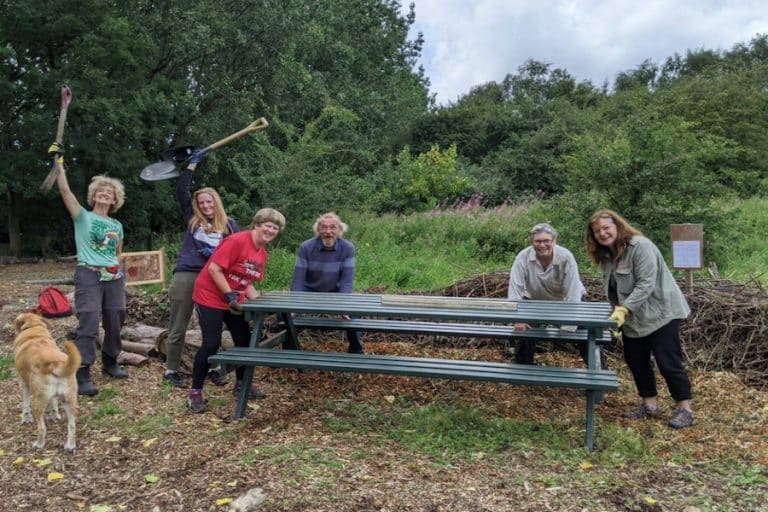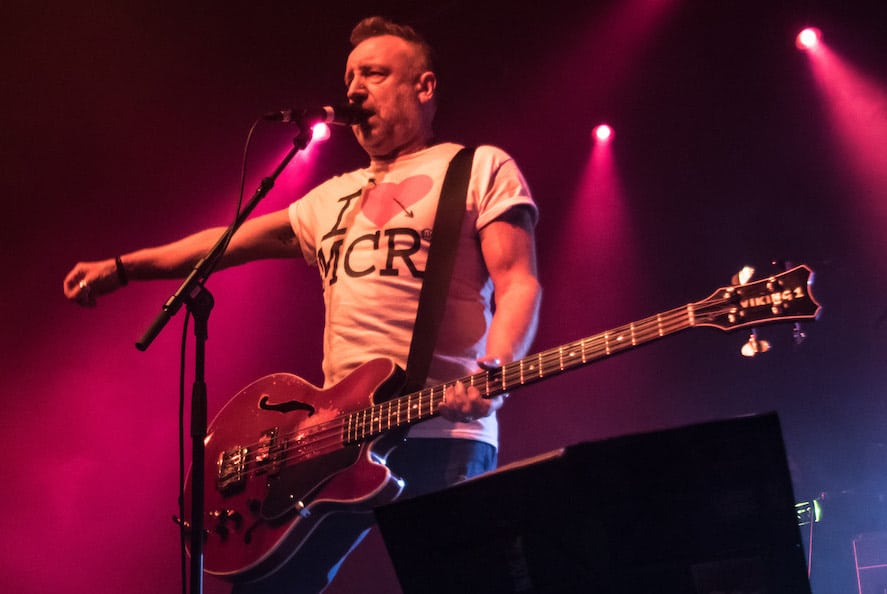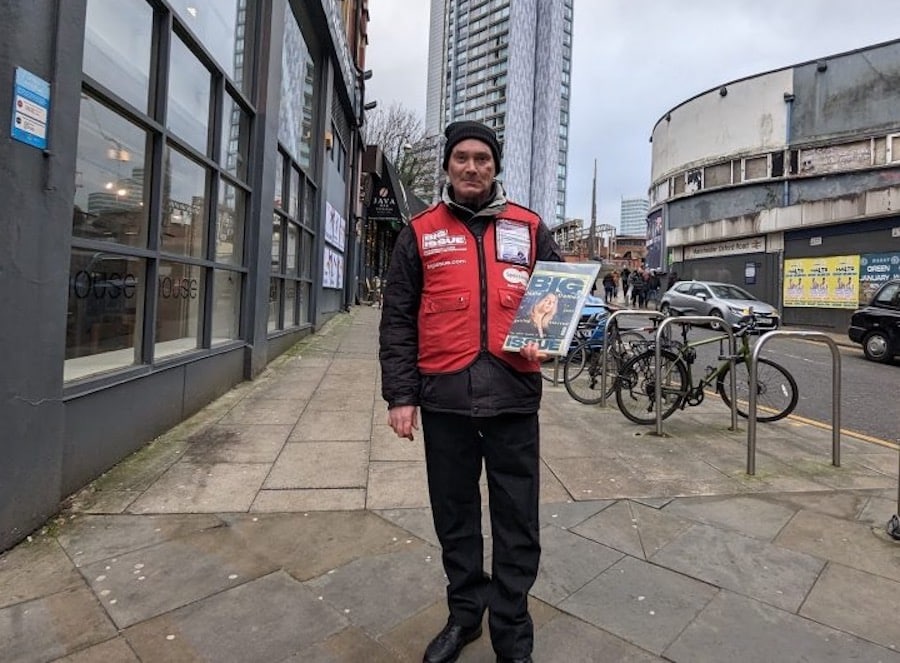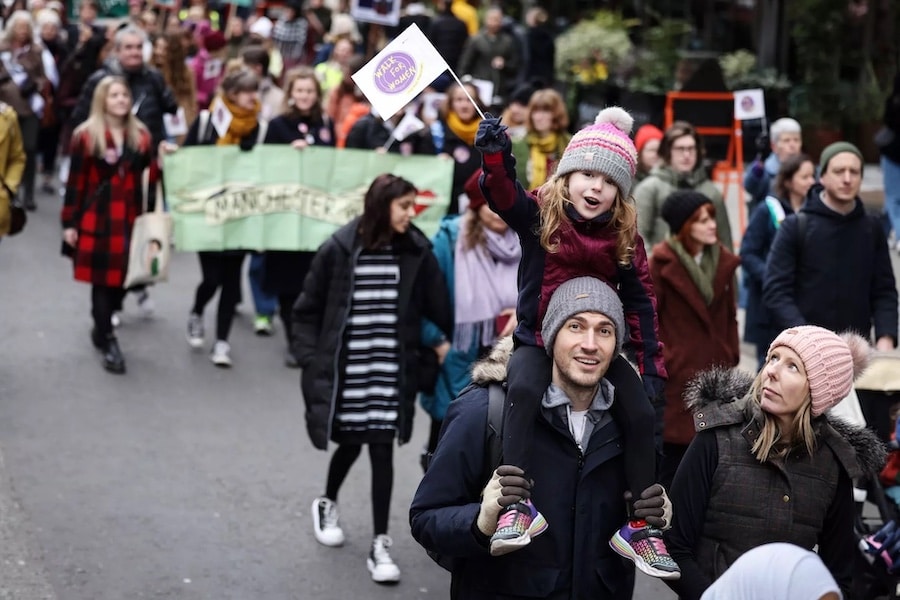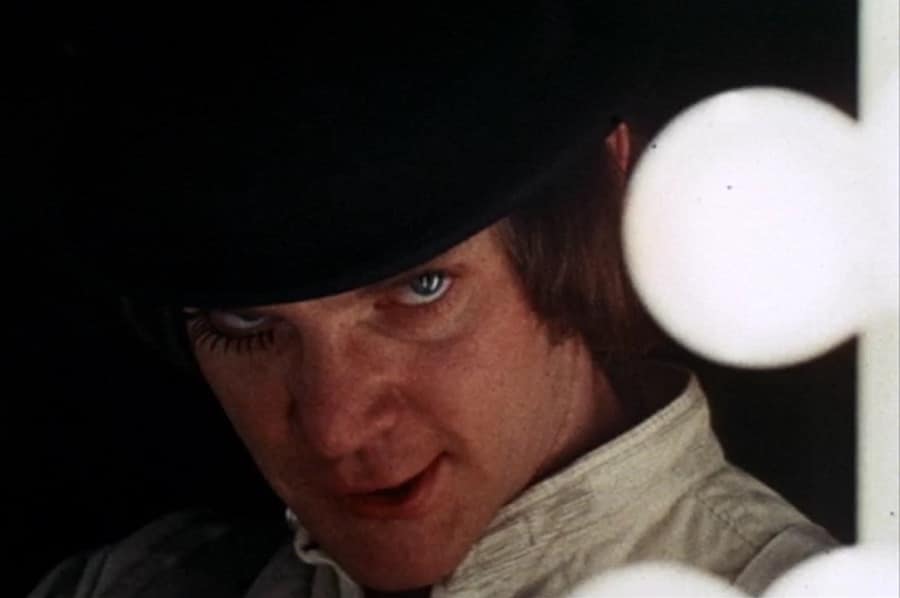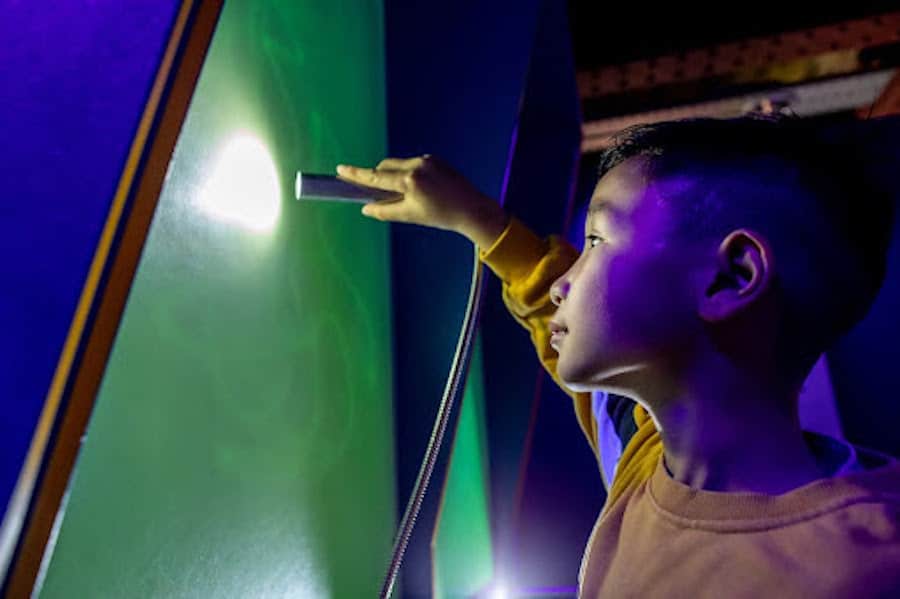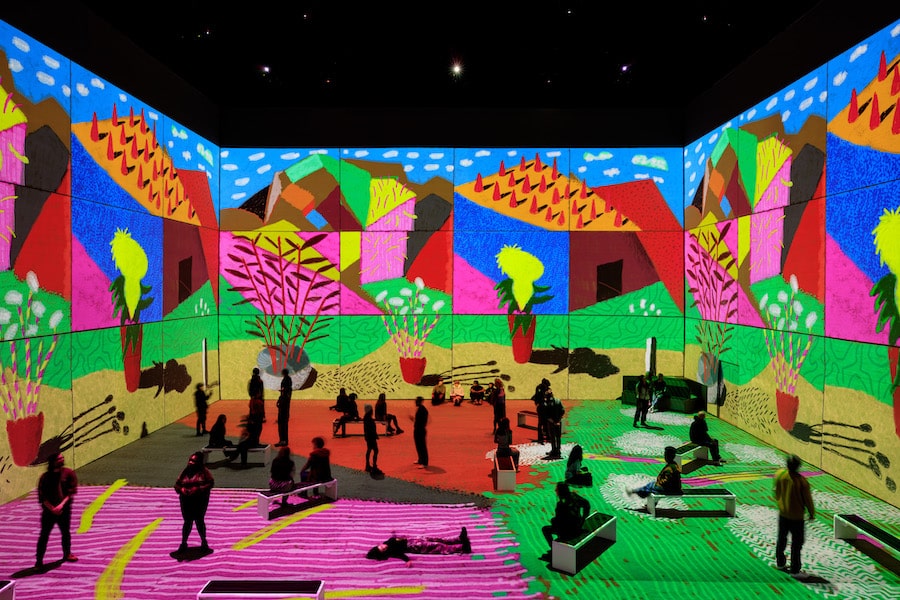The trailblazing Children’s Hospice that changed the world
- Written by Thom Bamford
- Last updated 1 year ago
- Charity, Community, Cornerstone, Featured, People
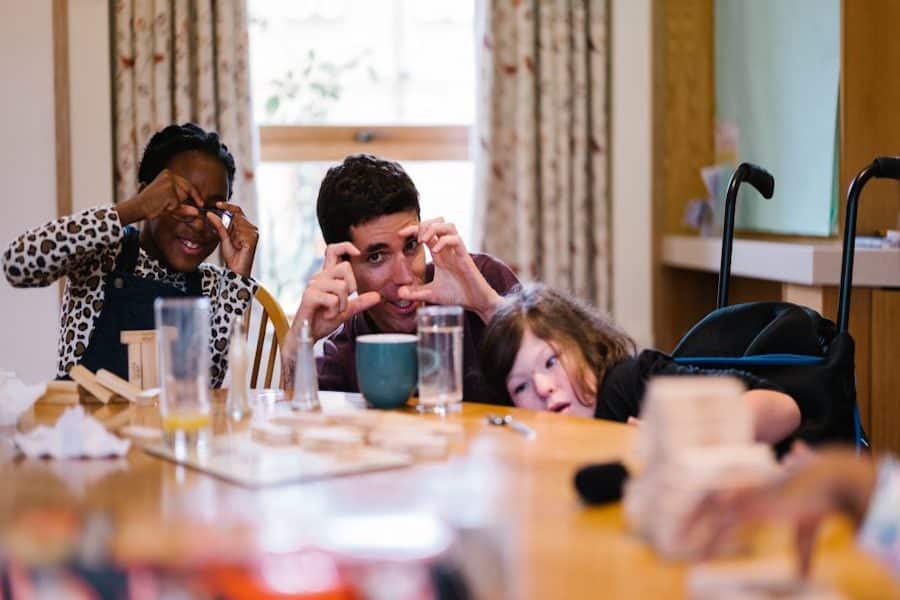
The extraordinary journey of Francis House Children’s Hospice unfolds in “A Worthwhile Error,” a captivating book by writer Andy Buckley.
From the daring decision to build the hospice against all odds to the royal touch of Princess Diana’s inaugural visit and David Beckham’s impactful friendship with young Kirsty Howard, the book weaves a tapestry of compassion, resilience, and the indomitable spirit that has defined this pioneering institution.
In the pages of “A Worthwhile Error,” author, broadcaster, and journalist Andy Buckley unveils the remarkable history of Francis House Children’s Hospice.
The History of the Francis House Children’s Hospice
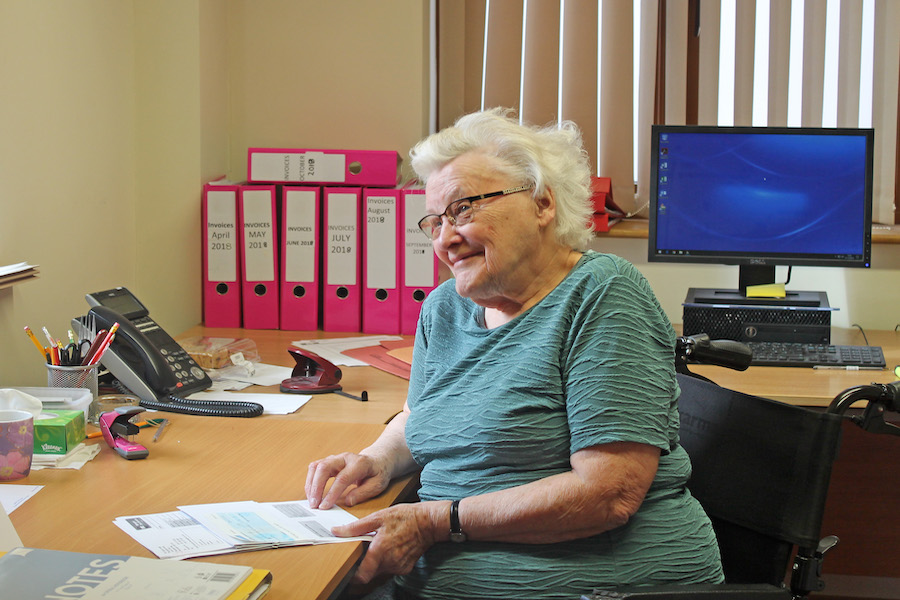
Francis House is a lifeline to more than 500 families from across Greater Manchester including Stockport, Oldham, Bury, Rochdale, Manchester, Salford and Trafford.
They provide high levels of clinical care to the families of children and young adults with life-limiting and life-threatening conditions.
A Worthwhile Error
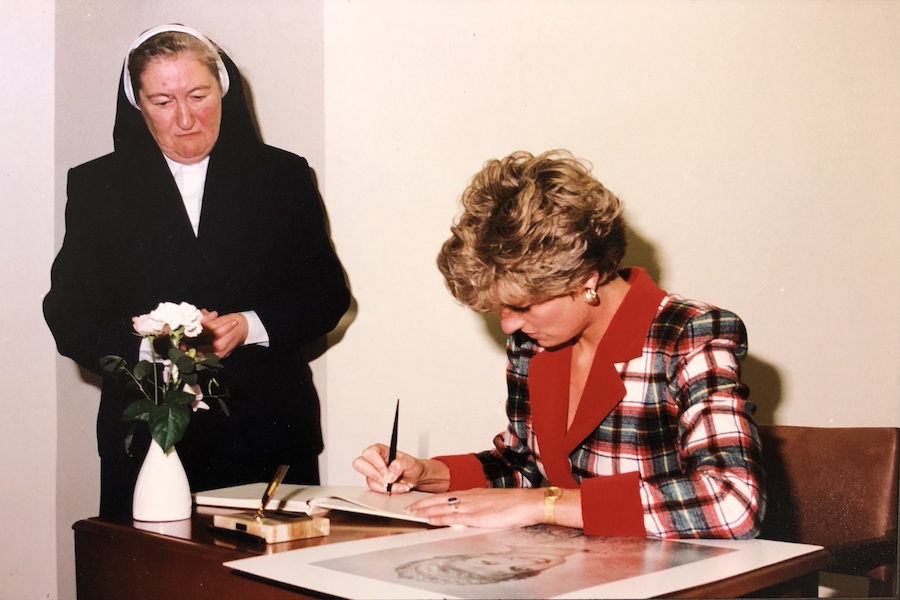
Andy Buckley has written a fascinating history of the first-of-its-kind Hospice.
The title itself, coined by co-founder Sister Aloysius FMSJ, encapsulates the daring decision to build the hospice with scant resources – a gamble that, against all odds, flourished into the first children’s hospice in the northwest.
The sacrifices of 16 religious Sisters who turned their convent into a haven for children with life-limiting conditions come to life in Buckley’s narrative.
From Princess Diana’s inaugural ribbon-cutting in 1991 to the royal presence of Prince William and Kate opening a new wing in 2016, the book weaves a tapestry of compassion, resilience, and generosity.
We sat down with the man to talk about the history of this incredible institution.
Helping Those That Need It Most
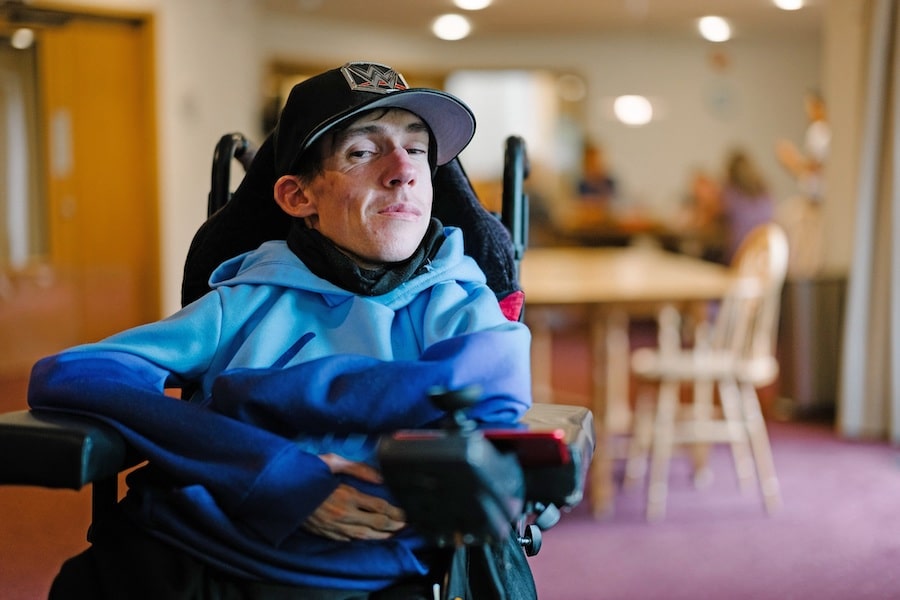
We sat down with Andy to discuss the Hospice and their new book.
What inspired you to write the book about the history of Francis House Children’s Hospice, and what aspects of the story do you find most compelling?
“As a storyteller, I am captivated by personal stories and there are so many who have made sacrifices to help Francis House.
“Most importantly, I wanted to highlight the families and children who have passed through its doors.
“The hospice wanted to document its history so far while some of those who were involved from the start are still around; sadly many others are no longer around.
“So it’s a historical reference for future generations as much as anything.”
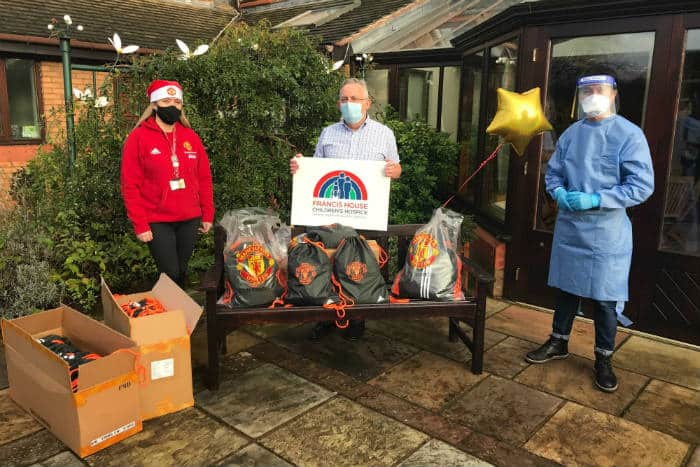
Could you share more about the experiences of dedicated volunteers like Pauline Armitage MBE, and how their contributions have shaped the hospice over the years?
“Pauline Armitage MBE made a 30-minute drive over Barton Bridge five days a week to work in her office in Didsbury from where she managed the accounts.
“A 40-hour week for which she never wanted recompense.
“She started volunteering in 1992 and stayed until 2019. She had retired from her job as a deputy principal at what is now Salford College.
“In March 2021, she walked around the grounds of her retirement complex on crutches 90 times to mark her 90th birthday. She raised £28,893 including an anonymous £20,000 donation. She covered the 22 miles in a month.”
“Harold Addie was a D-Day veteran and volunteered for 25 years until he died in 2017, aged 92. He took part in the famous D-Day landings at Normandy in 1944. He was a 19-year-old sailor.
“Judy Bailey organised a series of concerts and balls which raised more than £2m over many years, too.”
The book mentions the international outreach of Francis House, assisting in establishing hospice facilities in various countries. Could you elaborate on the global impact of the hospice and its involvement in different regions?
“The hospice has helped several countries establish hospice facilities. Bosnia, Belarus, Japan, Australia, Canada, USA, the Czech Republic and Latvia have all received assistance.
“Babies born with conditions as a result of the Chernobyl nuclear disaster received help from Francis House.
“A member of the home care team went to Belarus in the early 2000s to educate nurses on pain relief for children of children who had been affected by radiation.
“The babies with life-limiting conditions were born to mothers who were children themselves at the time of the nuclear accident in neighbouring Ukraine in 1986.
“Francis House also went to Bosnia Herzegovina to help set up a seven-bed hospice in Tuzla, a mining town ravaged by civil war after the break up of Yugoslavia.”
In your research for the book, did you come across any particularly heartwarming or surprising stories from families who have been part of Francis House?
“Many – as one mum said: “I knew my little boy was never going to grow up. My very own Peter Pan. When we were introduced to Francis House it was like a fairy godmother had waved a magic wand and everything started to seem a little easier than I’d imagined.”
“Kate said: I have spinal muscular atrophy type 2 and need more physical help as I get older. Even though I’m only 25, I’ve lived longer than anyone expected. The last life expectancy I was given was 20.
“When I reached that age I was at university and had a party called ‘The Kate Didn’t Die Party.’”
The involvement of Princess Diana in the official opening adds a royal touch to the hospice’s history. Can you elaborate on her visit and its significance in the context of the hospice’s journey?
“Princess Diana visited on Monday, Nov 25, 1991, and politely met guests and helpers.
“But it was clear she had come to spend her time with children and their parents.
“Her visit gave a huge profile to the hospice and her son William came with Kate to open a new wing of the hospice in 2016.
“He insisted on visiting to follow in his mother’s footsteps.
“Another member of the royal family was scheduled to come but William insisted he was there instead because he knew it was a charity close to his mother’s heart.”
Kirsty Howard’s contribution in raising £5m to ensure the charity’s survival is remarkable. How did her efforts put Francis House on the map, and what impact did it have on the hospice’s operations?
“FH had struggled to meet its running costs until Kirsty came to the rescue.
“She shot to fame when she accompanied David Beckham onto the field at Old Trafford before England played Greece in October 2001.
“She was the England mascot and Beckham was so moved by her courage that a firm friendship began.
“An iconic moment came when Kirsty, then aged 6, was chosen to hand the baton from her beloved Becks to Queen Elizabeth II at the Opening Ceremony for the 2002 Commonwealth Games.
“She also met the then Prince Charles at Buckingham Palace and Prime Minister Tony Blair at No 10.
“The £5m raised meant awareness of the hospice was such that fundraising was much easier.
“Fundraiser Kate Puc said: “It brought Francis House to everyone’s attention, both here and abroad. The phone would never stop ringing. The fundraising side just went up – it was incredible.
“Although many people thought they were fundraising for Kirsty, they were detached from the fact that she was a child who did come to Francis House.”
Kyle Wells’ story is touching. How has Francis House made a lasting impact on individuals like Kyle, and what role does it play in providing a supportive environment for those in need?
“It’s not just children and young adults who are cared for.
“It is the whole family including brothers and sisters. He lives with six others at the charity’s residential unit on Parrswood Road which gives him independence.
“He has minicore myopathy a form of muscular dystrophy and is one of only four people in the country with the condition.
“Two are in wheelchairs and he is one of them.
“More than 1,500 families have been helped in the last 32 years receiving respite care, bereavement support, and sibling support. It needs £4.7m a year to stay open.
“Families on the roll now stand at 573. Last year the hospice received 17 per cent of running costs from public money – the rest comes from fundraising and donations.”
David Ireland’s involvement from the start, first as an architect and later as Chief Executive, is unique. How has his perspective evolved, and what challenges have the hospice overcome under his leadership?
“David knows the story of almost every youngster who has visited the hospice in more than three decades. Many of those he worked alongside are no longer involved.
“He said: “There is a feeling that of the original people I’m the one left to turn the lights off. It feels a bit that way but the hospice will carry on like a juggernaut.
“It will change and other people will take over, but I’ve been lucky to have been in charge at a time when we were able to expand and develop the service to meet the ever-increasing need. To be honest, I’m not sure we’ll be able to meet the need in the future because the numbers are increasing all the time. We’ve got more people coming to us, but they’re living longer which is a good thing. “
How has the local community in Manchester rallied around Francis House, and what role do they play in supporting the hospice’s mission?
Volunteers, supporters, and fundraisers come in all forms. Clubs, societies, scouts, guides, pubs, clubs. …individual donors who may also leave a legacy.
The book mentions that all proceeds from the book will be donated to the care of children, young people, and their families. Can you share more about the ongoing needs of the hospice and how these funds will be utilised?
“It’s business as usual really. The needs of the children, young adults and families will only increase yet there are more charities out there so the competition for funds from the public is also going up making it that much harder for Francis House.”
You can grab a copy of ‘A Worthwhile Error’ and support this marvellous institution by clicking here.
- This article was last updated 1 year ago.
- It was first published on 22 November 2023 and is subject to be updated from time to time. Please refresh or return to see the latest version.
Did we miss something? Let us know: [email protected]
Want to be the first to receive all the latest news stories, what’s on and events from the heart of Manchester? Sign up here.
Manchester is a successful city, but many people suffer. I Love Manchester helps raise awareness and funds to help improve the lives and prospects of people across Greater Manchester – and we can’t do it without your help. So please support us with what you can so we can continue to spread the love. Thank you in advance!
An email you’ll love. Subscribe to our newsletter to get the latest news stories delivered direct to your inbox.
Got a story worth sharing?
What’s the story? We are all ears when it comes to positive news and inspiring stories. You can send story ideas to [email protected]
While we can’t guarantee to publish everything, we will always consider any enquiry or idea that promotes:
- Independent new openings
- Human interest
- Not-for-profit organisations
- Community Interest Companies (CiCs) and projects
- Charities and charitable initiatives
- Affordability and offers saving people over 20%
For anything else, don’t hesitate to get in touch with us about advertorials (from £350+VAT) and advertising opportunities: [email protected]

LOWRY’s Quays Theatre gets a plush new look thanks to award

What is the legacy of Manchester’s most controversial (and maybe best) novel?

Big Issue, bigger heart: Manchester comes together for Colin

